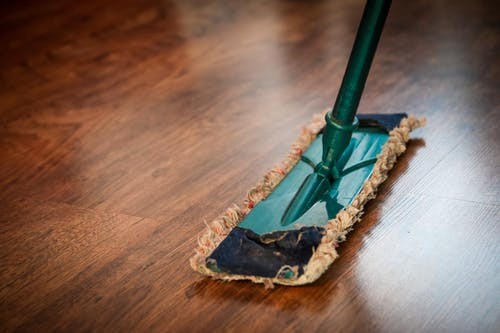Household Products That Destroy Coronavirus

Considering the coronavirus outbreak all over the world, it is important to keep your family and your home protected against the pandemic virus.
There have been various news stories about stores running-out of hand-sanitizer, alcohol, surgical masks, and some basic medical supplies that would potentially help protect a person against coronavirus.
However, most forgot that the best way to control the spread of the virus is to start disinfecting the house most especially if most of your family members came from a crowded place like school and office place.
According to the chief of infectious diseases and director of global health at Upstate Medical University in Syracuse Dr. Stephen Thomas that it is not possible to disinfect every surface that a person touches throughout the day and best protection against coronavirus is through hand-washing.
Dr. Thomas also added that if one member of the family is showing coronavirus symptoms like respiratory infection or your area has a confirmed case of COVID-19 patient, then it is important that you need to clean the area in your house where it is frequently touched. The two common areas are the kitchen counters and the bathroom faucets. It is recommended that you have to clean the surfaces three times a day.
The good news is that COVID-19 is one of the easiest viruses that are easy to kill using appropriate products. You also don't need to go to a store anymore to buy disinfectants because some of the products that deactivate this virus are just around your house.
In a recently published article, here are some of the products that help destroy coronavirus:
Soap and Water
According to Richard Sachleben, an organic chemist and member of the American Chemical Society, "Scrub like you've got sticky stuff on the surface and you really need to get it off."
Scrub the surface using the soap and water. Make sure also that after using the towel, you have to dip it in a bowl of soapy water to make sure that any living virus particles will be destroyed.
Bleach
Sachleben says that bleach works great against the virus. The CDC recommends that 1/3 cup of bleach for every 1 gallon of water or 4 teaspoons of bleach for every 1 quart of water. It is also important to note that never mix anything to the bleach except water and wear gloves also while using bleach.
However, there are some limitations in using bleach. Never use this to metal over a long period because bleach is corrosive. In using bleach in a meatal like faucet, make sure to rinse it immediately with water to avoid discoloration.
Isopropyl Alcohol
Make sure that the one that you have contains 70 percent alcohol. Sachleben says that alcohol is generally effective against the virus but it can cause discoloration to some plastic.
There are also products that you should not use in disinfecting your place. These are some common products that are mistakenly used.
Homemade Hand Sanitizer
You might be one of the persons who is searching on the internet about how to make homemade hand-sanitizers. There are also many videos about it circling around social media. But, don't get deceived with it.
According to Dr. Sachleben that even he is a chemist, he does not make his own homemade sanitizer. Remember also that companies are spending thousands of dollars to pay a chemist in developing a hand-sanitizer that has an equal ratio in it.
Vodka
Vodka is also circling around social media as the best product to combat COVID-19 because of the alcohol content that it has. Tito's and Smirnoff already released a statement and they said that their products do not contain enough ethyl alcohol. It has 40 percent only compared to the 70 percent required amount to kill the bacteria.
Distilled White Vinegar
The use of white vinegar to disinfect a surface is very popular online however there is no scientific proof yet or any evidence that supports the claim that it can kill the bacteria.
CHECK THESE OUT:
Subscribe to Latin Post!
Sign up for our free newsletter for the Latest coverage!
















